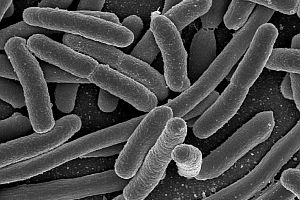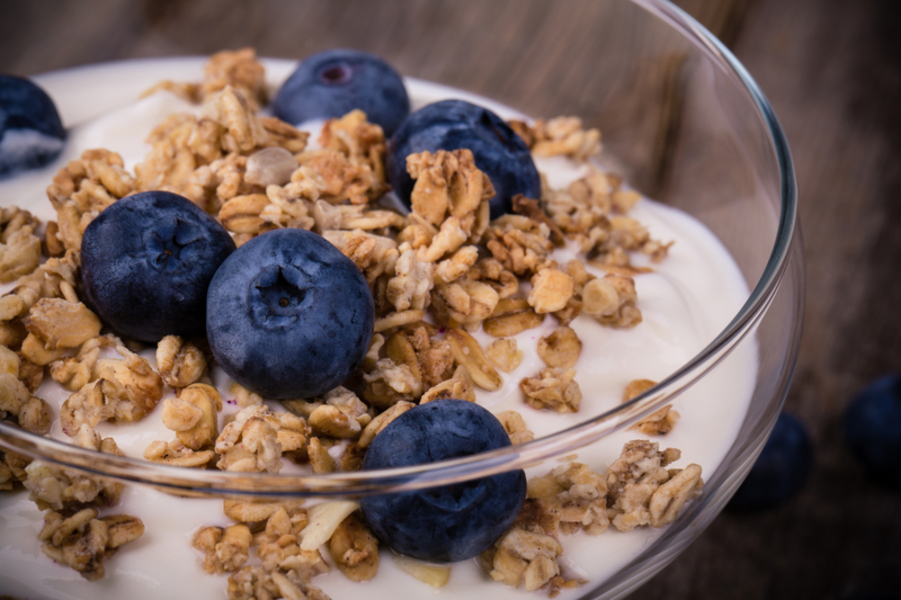Getting to Know Your Vitamin A
 Can eating lots of carrots really improve your eyesight? Not exactly, but carrots do contain something called provitamin A carotenoids. These are pigments found in some plants that can be converted by the body into vitamin A. And vitamin A actually is important to your vision.
Can eating lots of carrots really improve your eyesight? Not exactly, but carrots do contain something called provitamin A carotenoids. These are pigments found in some plants that can be converted by the body into vitamin A. And vitamin A actually is important to your vision.
Vitamin A helps the eye convert light into a signal that can be transmitted to the brain, allowing people to see in low-light environments. In addition, the cornea (the clear front of the eye) can literally disappear if the body does not get enough vitamin A. However, binging on carrots is unlikely to improve most people’s vision. In part, this is because your body will stop converting provitamin A carotenoids (particularly beta carotene) into vitamin A as soon as there is enough in your system. But all this doesn’t mean that vitamin A doesn’t have lots of other uses. Vitamin A is also helpful to bone growth and to your immune system.
As with other vitamins, there are different forms of vitamin A. One of the forms that is most usable to the body is called retinol, which is found in liver, eggs, and milk. One of the most common provitamin A carotenoids that the body converts easily to retinol is beta carotene. Beta carotene is found in yellow and orange fruits and vegetables including carrots, sweet potatoes, spinach, and cantaloupe. Vitamin A is also one of the vitamins often used to fortify breakfast cereals.
Vitamin A is fat soluble, which means that the body stores it, mostly in the liver. That also means that it is possible to build up toxic levels of Vitamin A. This rarely happens from food sources because (as noted above) the body will slow down the conversion of beta carotene as it builds up supplies of vitamin A. When people do get vitamin A toxicity, it is usually from taking too much in supplement form. Toxic levels of vitamin A can cause liver problems, central nervous system problems, reduced bone density and birth defects.
True vitamin A deficiency is rare in the US, but common in countries where malnourishment is widespread. When it occurs, the consequences can be quite severe. This is because the body uses vitamin A to make various internal tissues, such as those lining the eye, lungs, and intestinal tract. When these linings are weakened by vitamin A deficiency, it is easier for harmful bacteria to penetrate them and thus, people with vitamin A deficiency are more prone to infections, illness, blindness, and respiratory problems.
Aside from those who are malnourished, other people who may be prone to vitamin A deficiency include those who consume large amounts of alcohol and those with certain metabolic disorders that affect how fat and other nutrients are absorbed by the body.
As of this writing, the Recommended Daily Intake for Vitamin A is 2,310 IU for females and 3,000 IU for males.
It goes without saying that good nutrition is critical to your overall health and well-being. At the same time, it can be difficult to keep up with the latest research and guidance. If you have questions or concerns about your diet or about supplements, please call or visit our office today. We’re here to help!








